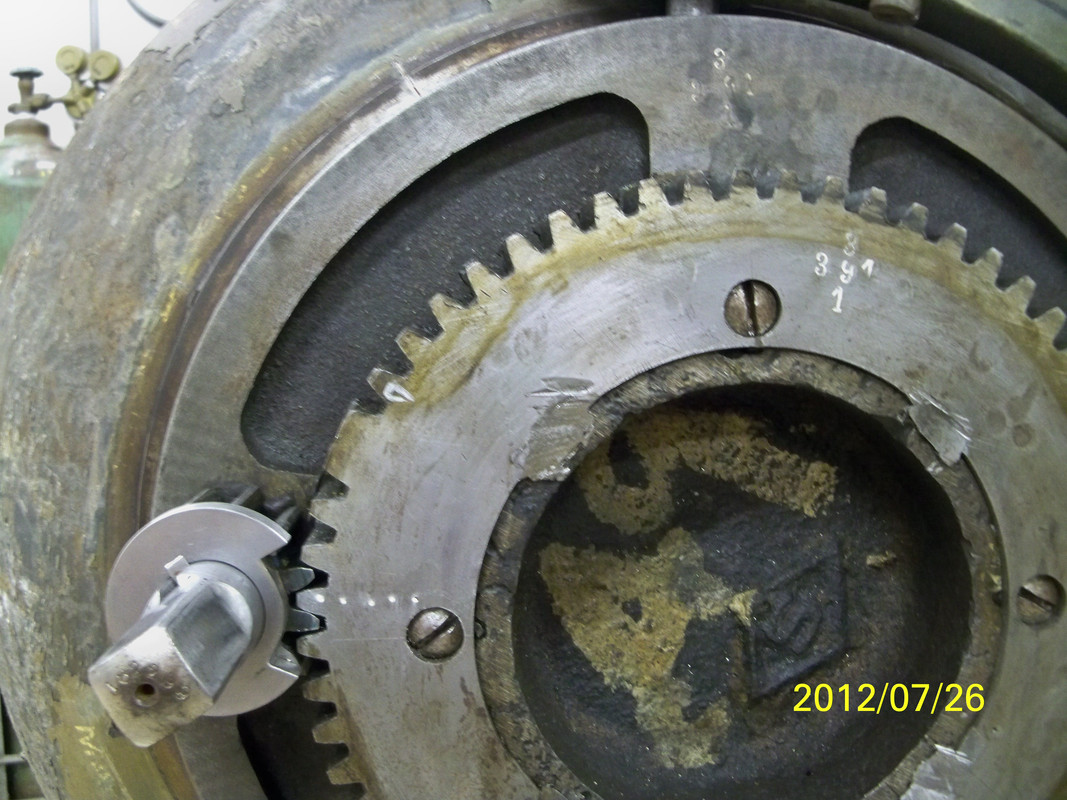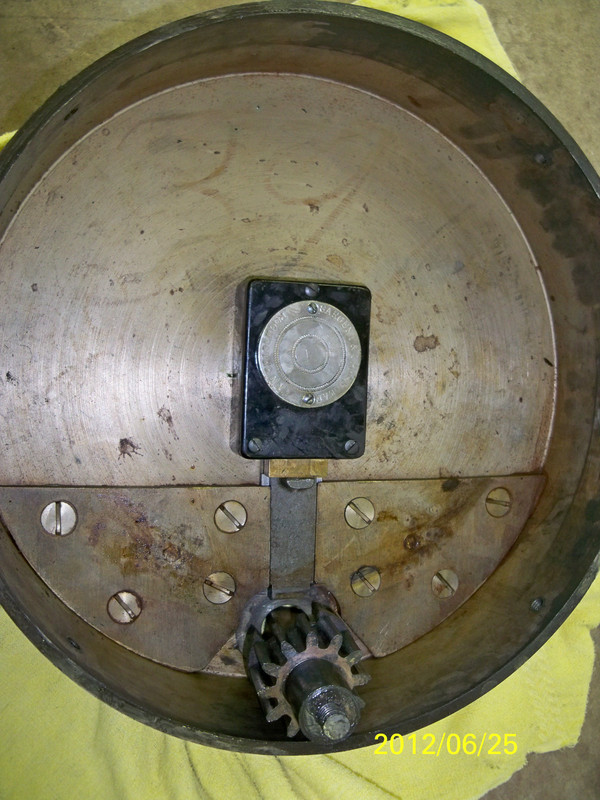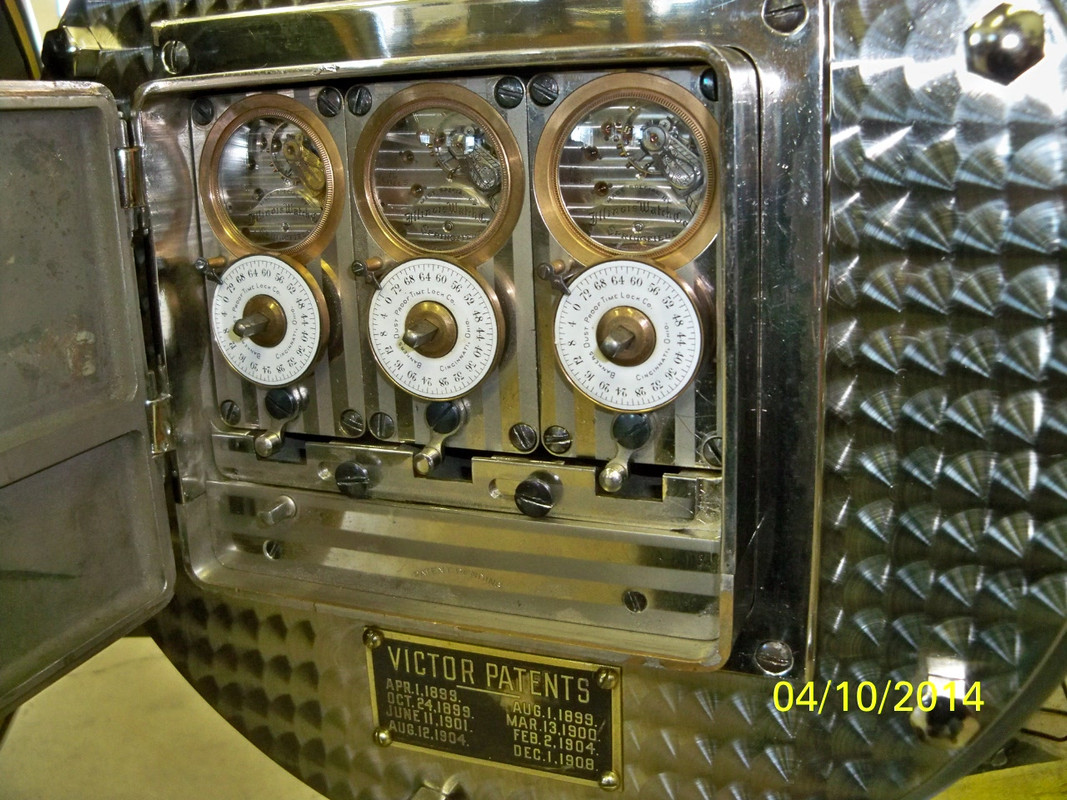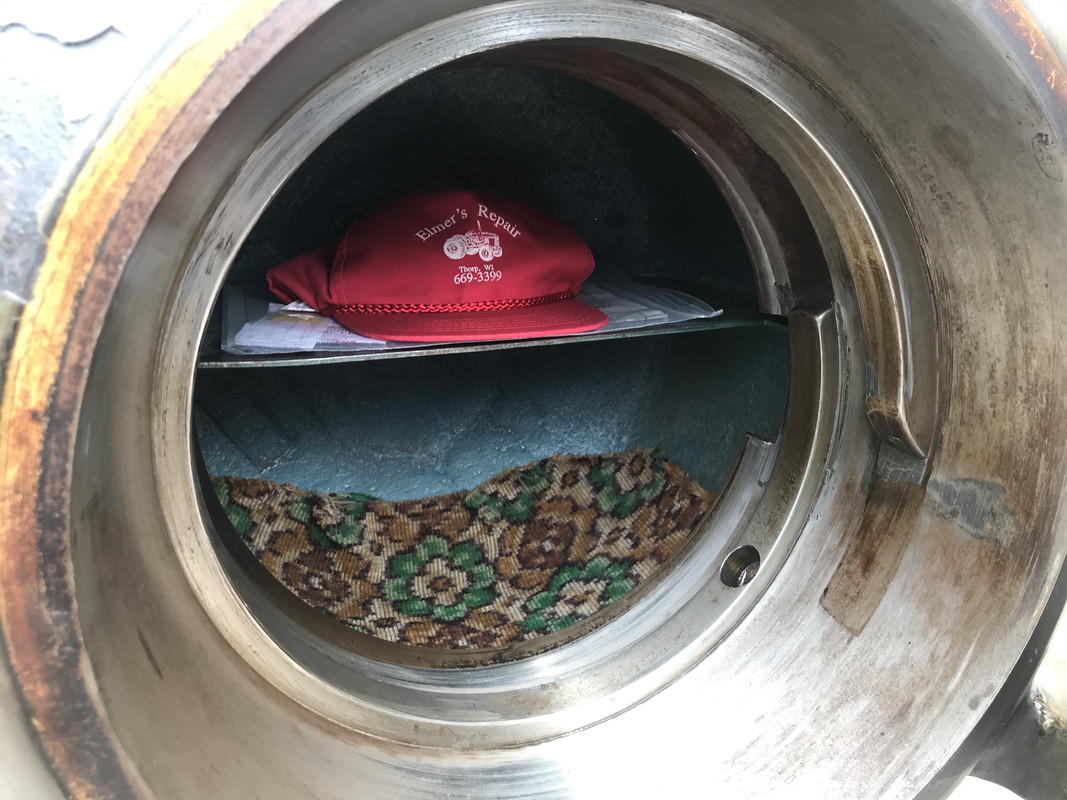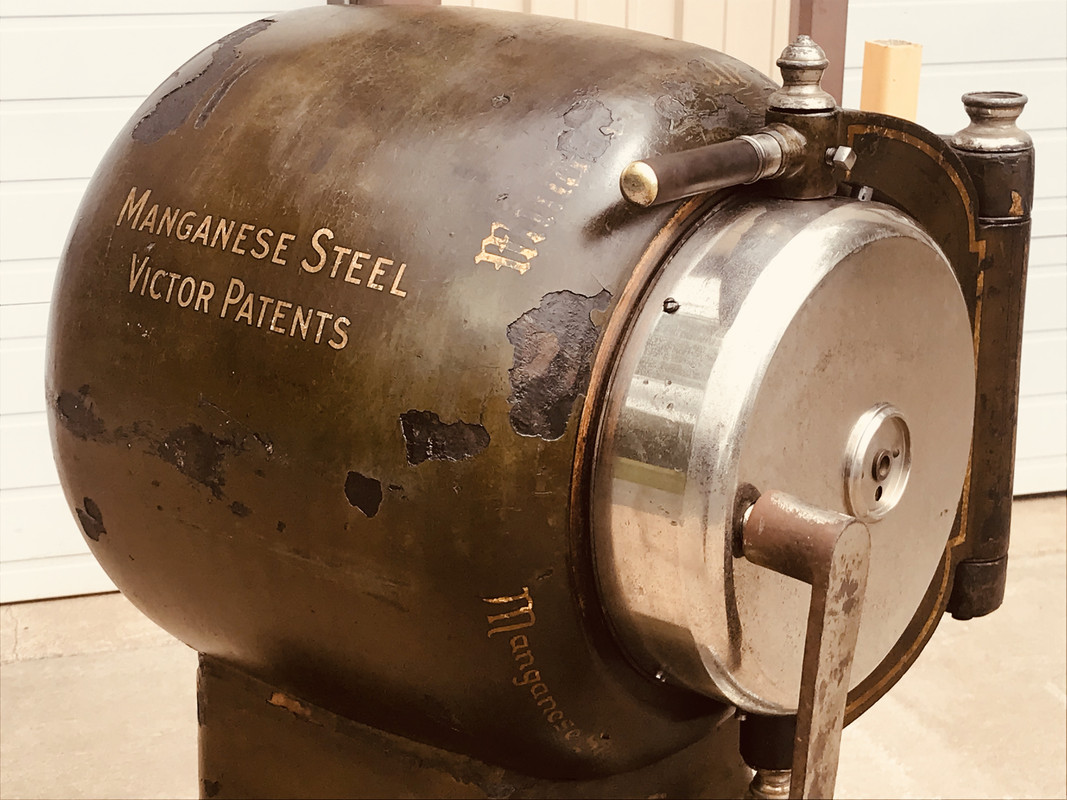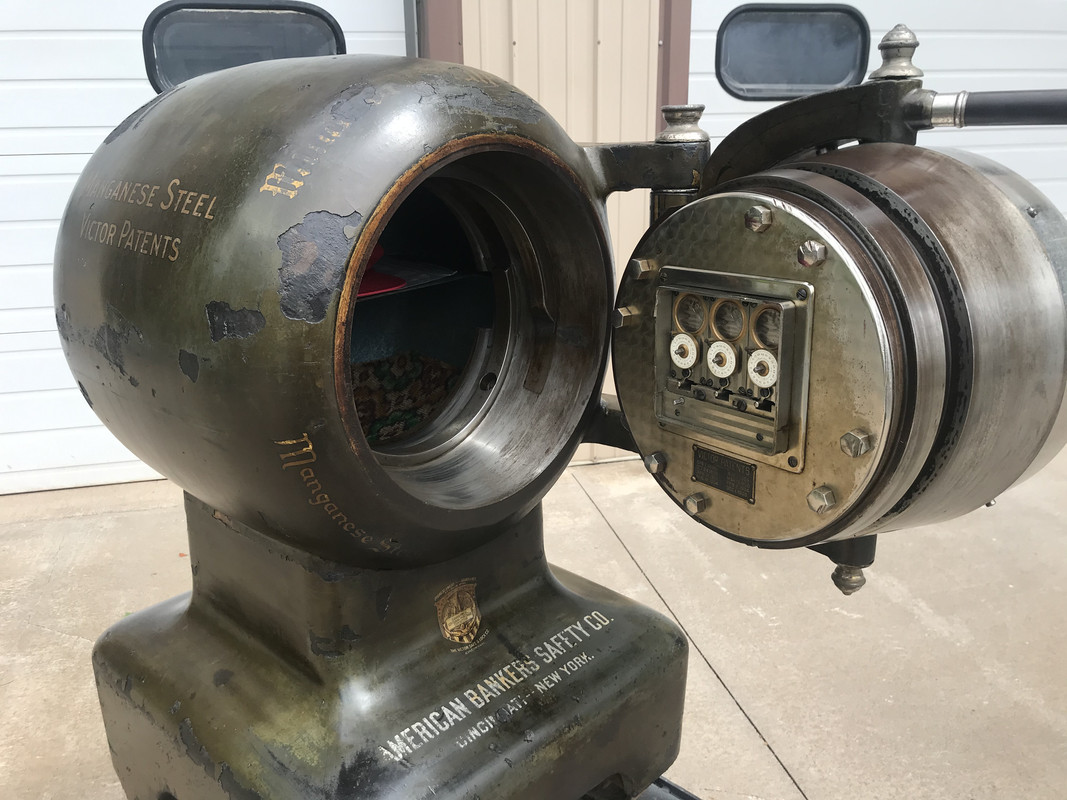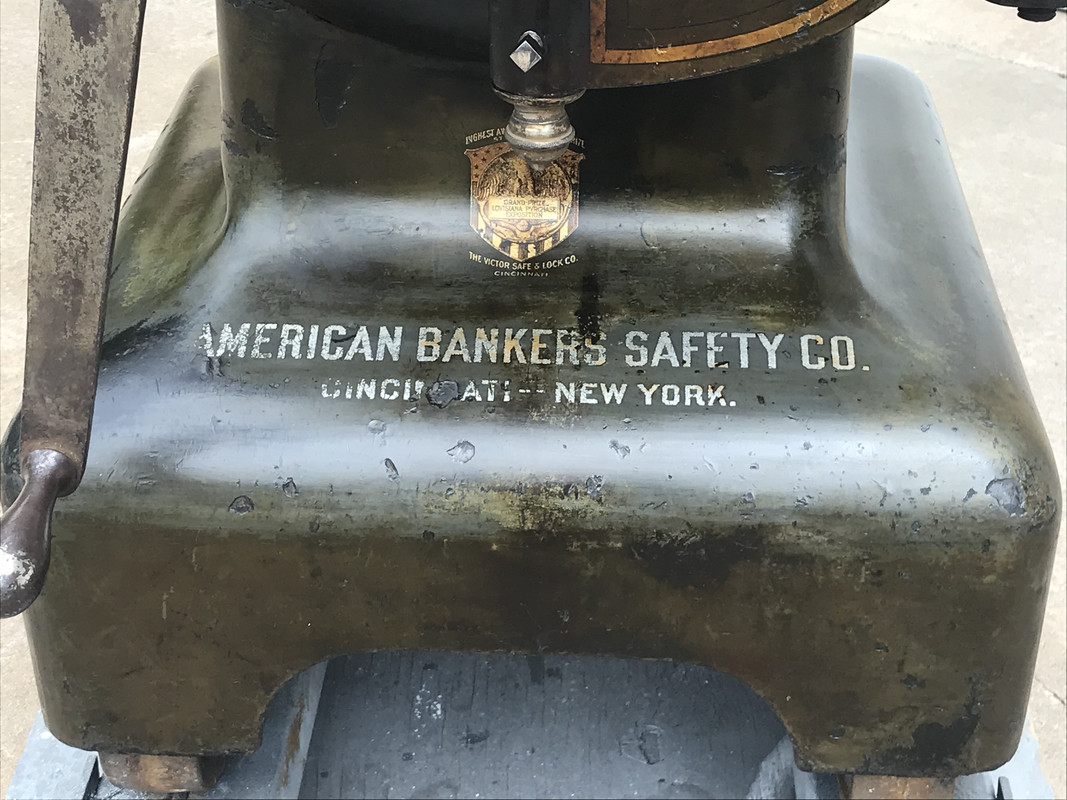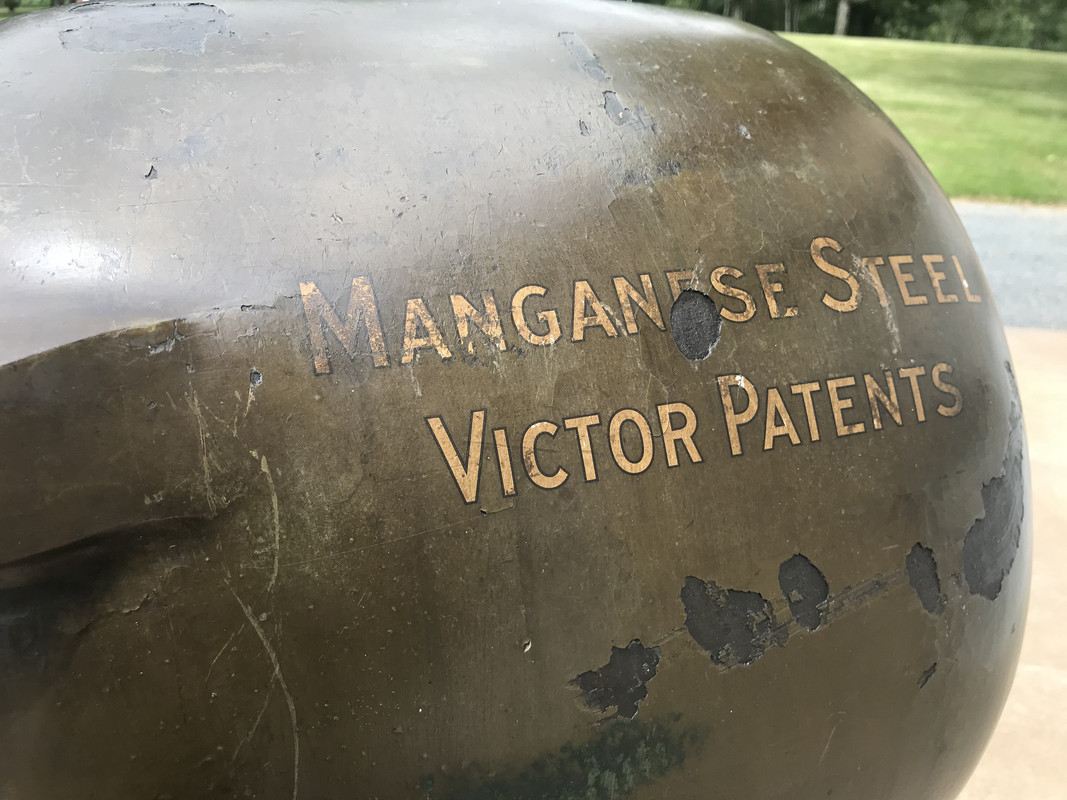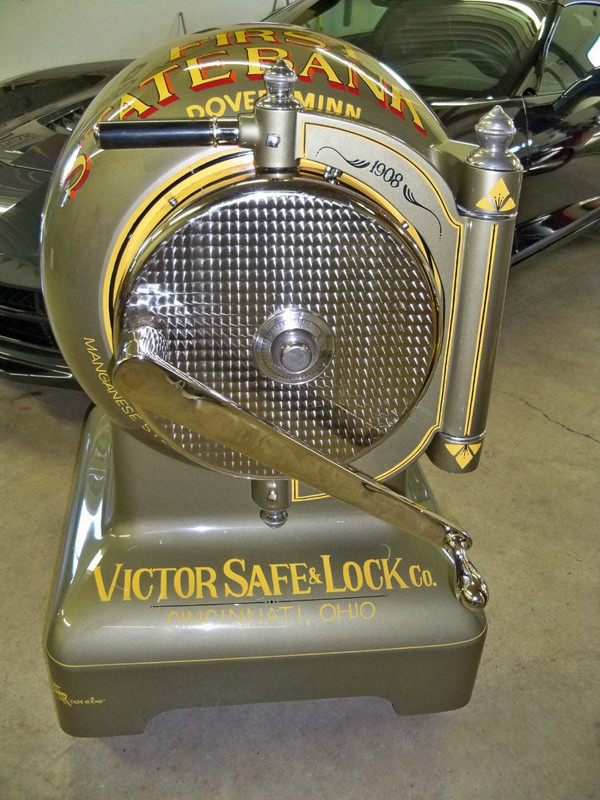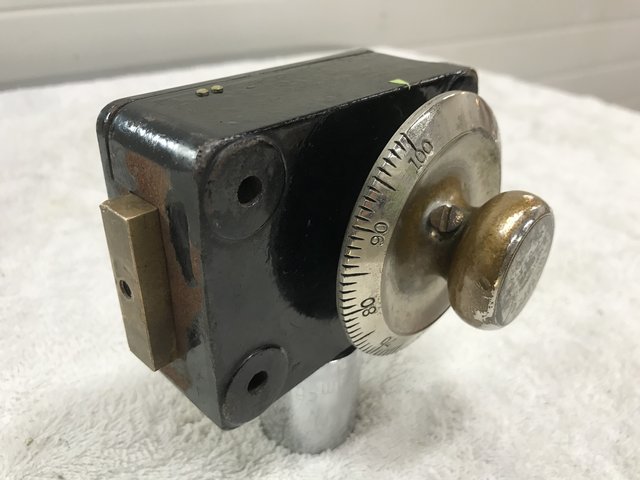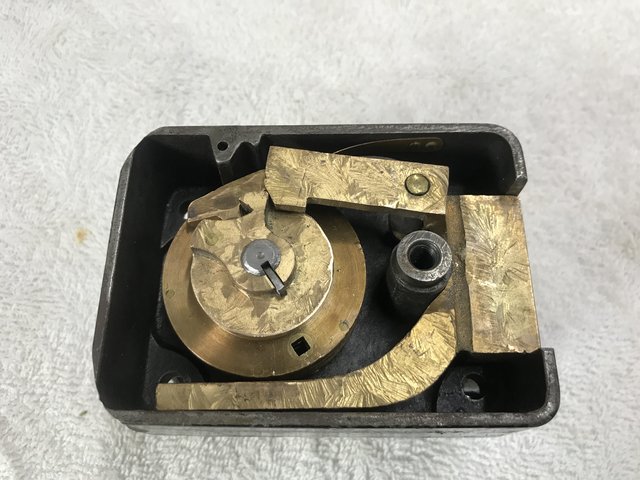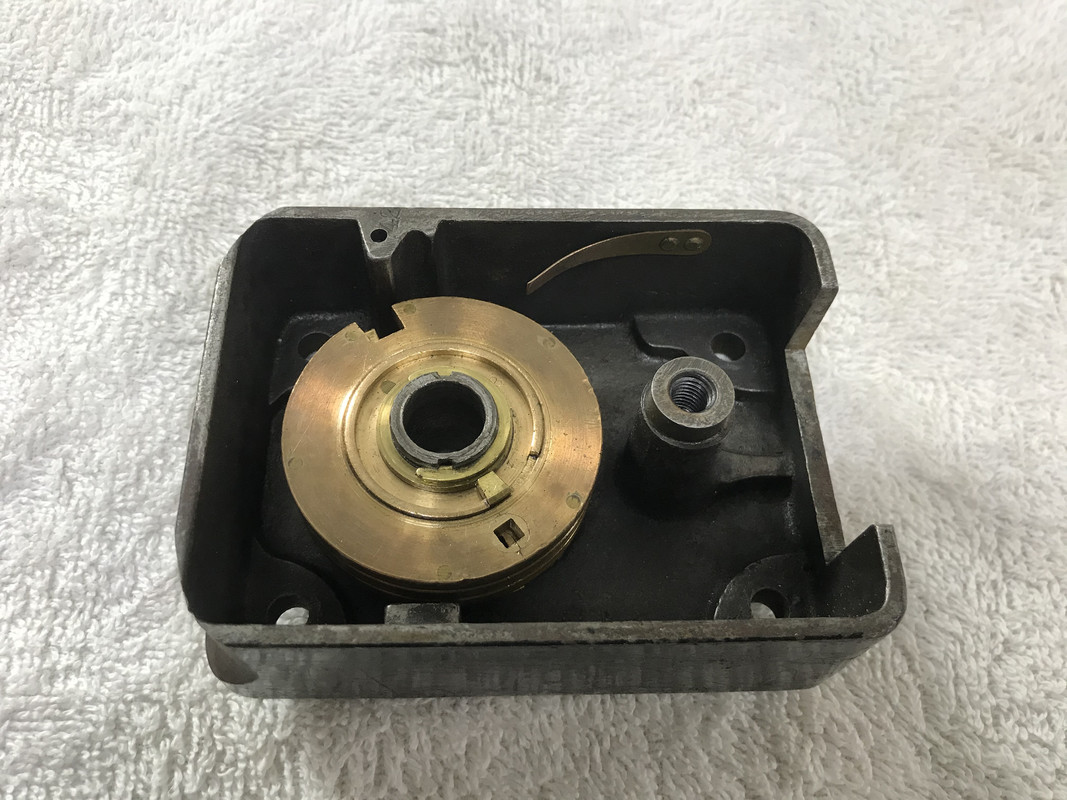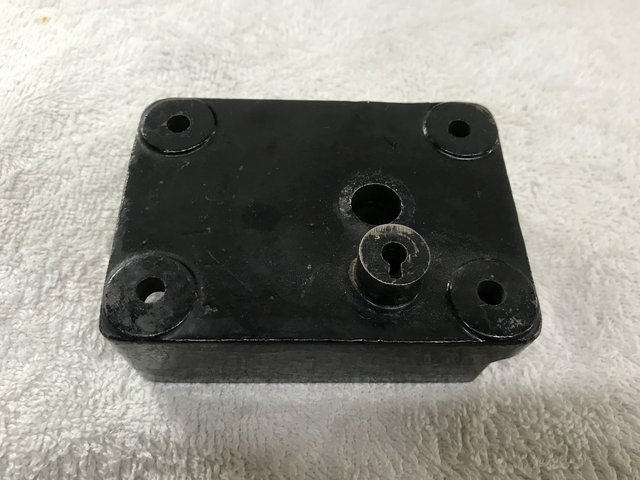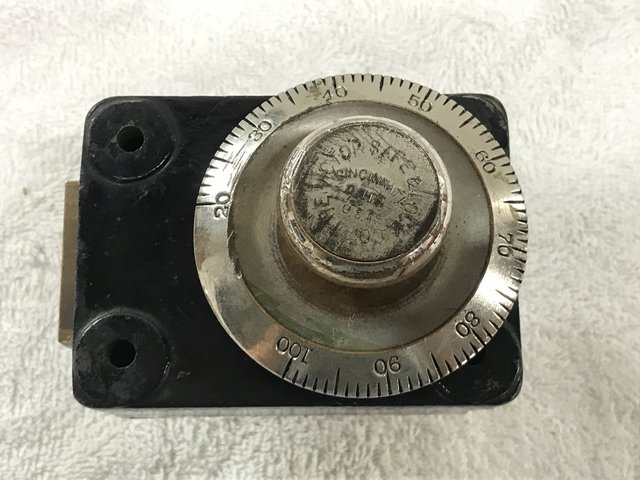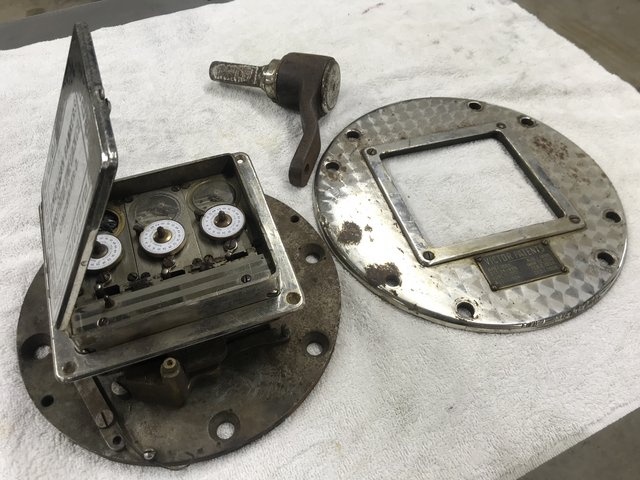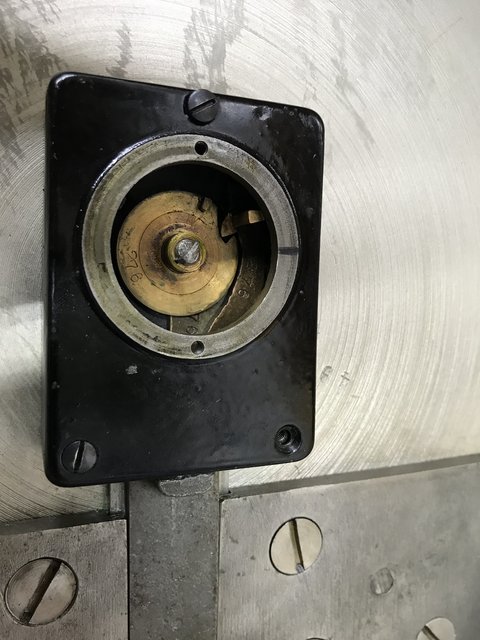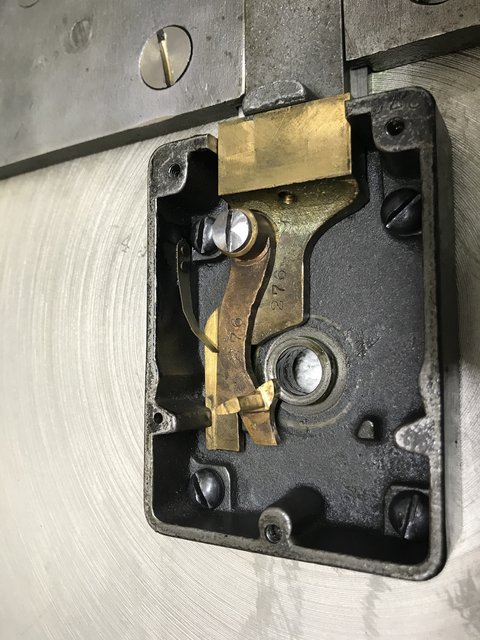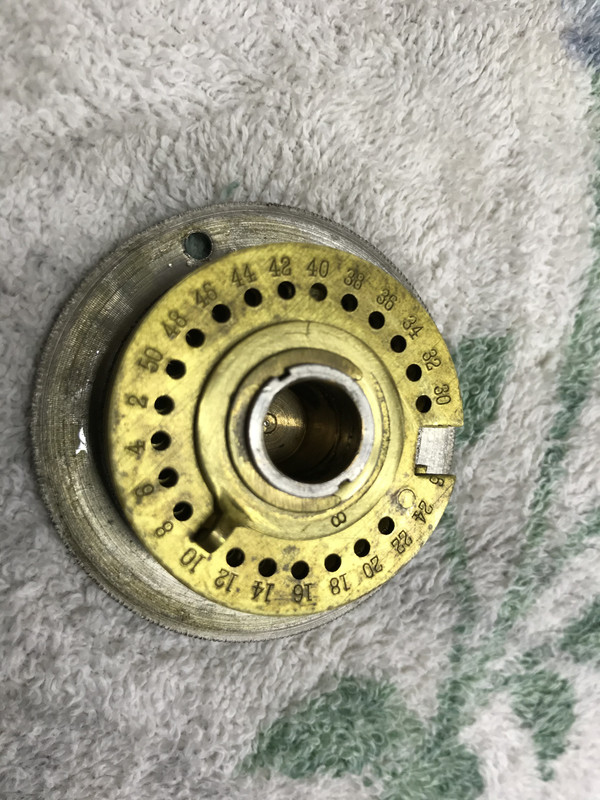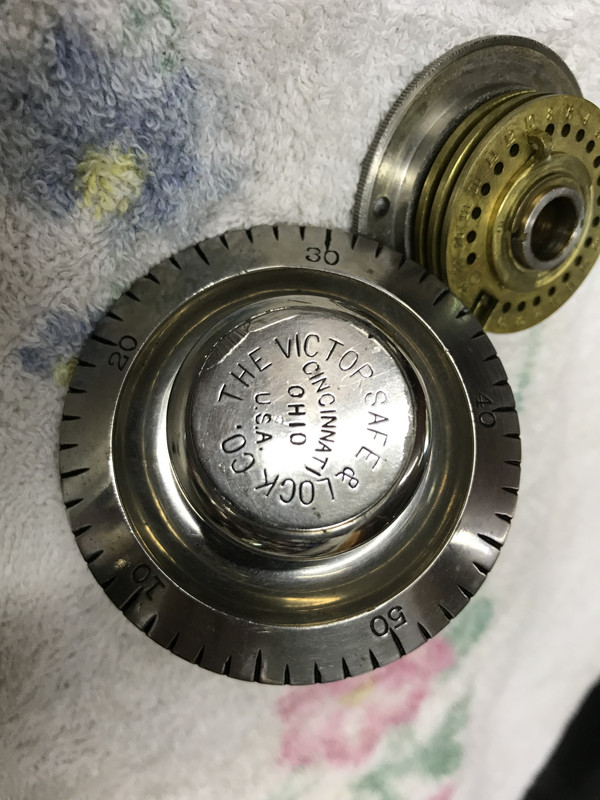Here it is as it was in his shop.
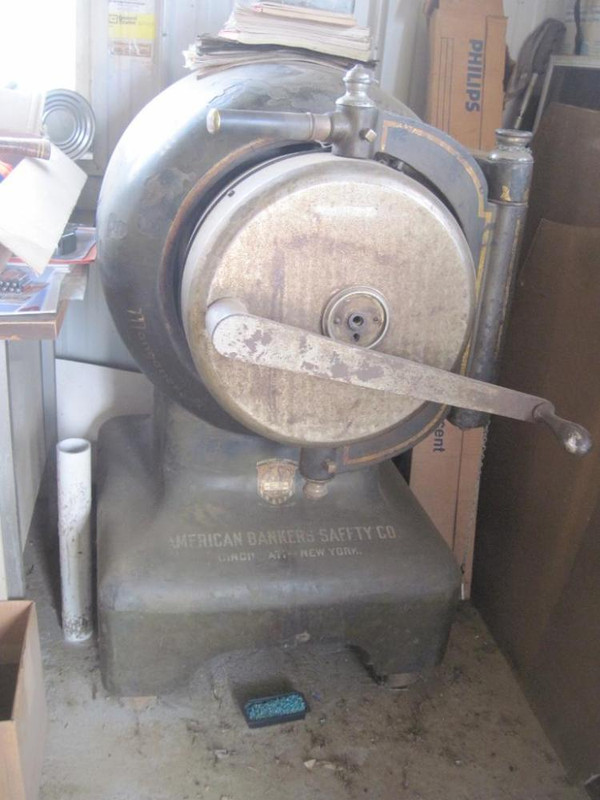
I ended up bidding more than I cared to when a young Amish guy bid against me. Remember, at an auction it takes to fools to bid an item up. lol. I justified the higher cost by the fact I didn’t have to haul it very far as some safe purchases have been pretty long trips.
The auction bill stated the safe was extremely rare and weighed 2500 lbs. Much like a good fish story both facts were stretched. Uncommon? yes, extremely rare? no. The weight is around 2000 lbs at best but it is still a formable foe when it comes to moving it. And how do you get it home you might ask? I have found it is the easiest to move a heavy safe by just hauling my Bobcat to the site, securing the safe to the pallet forks with lots of carpet for protection, and chaining the machine to the trailer. Drive on, drive off.
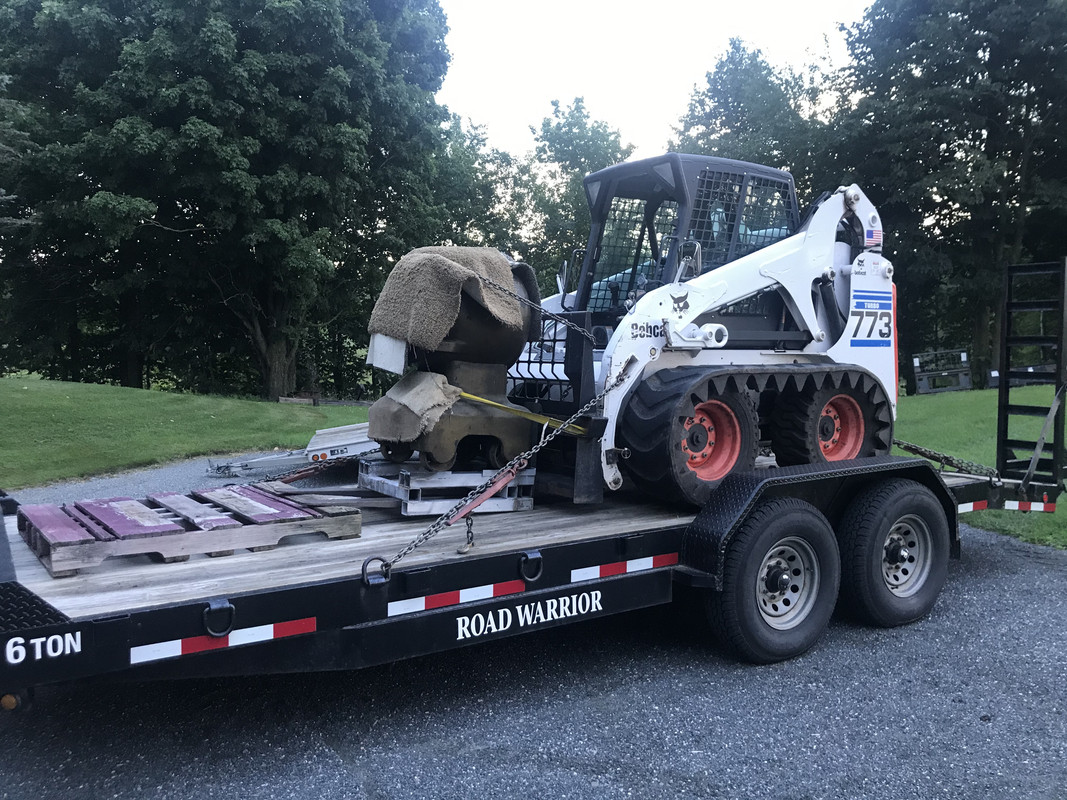
I already have a Victor cannonball so I know a little about them. This one is after the 1908 patent for the new design one piece door. Previously (1905 - 1908) the door was of two pieces with a manganese tapered outer half and the inner piece was steel with fine machined threads. The two halves were bolted together. There was a breach of this design where explosives blew the two halves apart. The new design was made from a solid piece of manganese. This new design required the new course threads to be ground as the manganese was two hard to machine in those days.
Early design with machined fine threads.
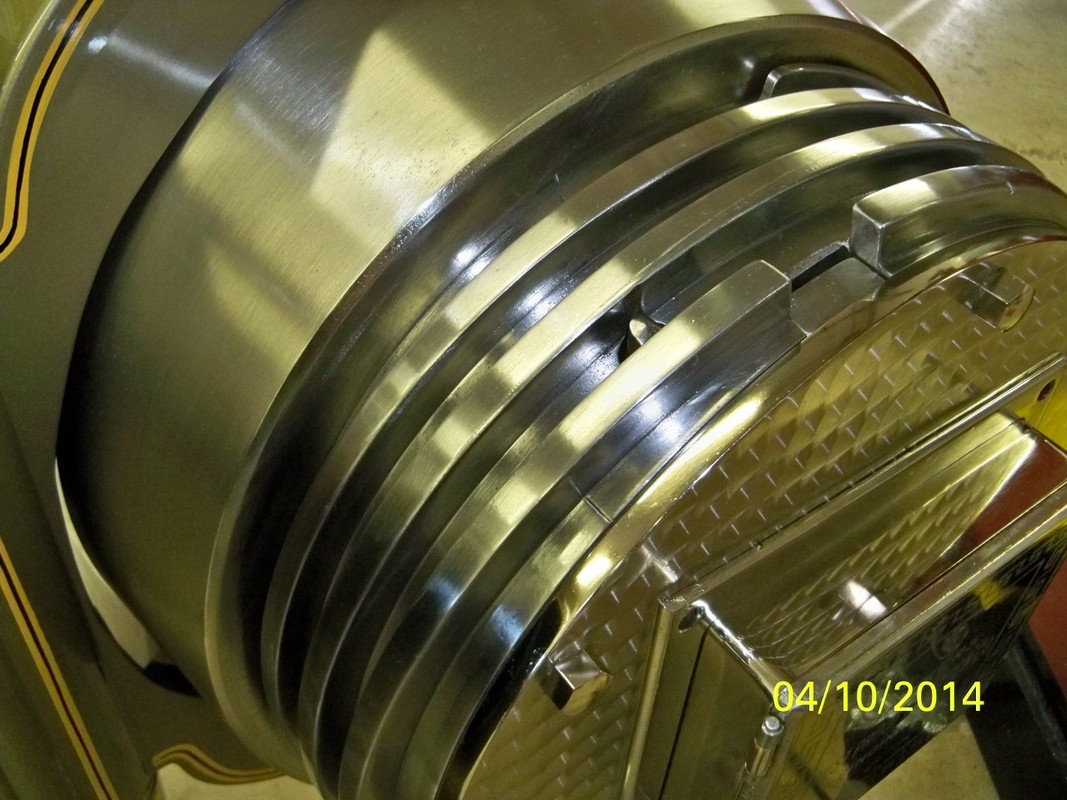
Updated one piece door with course threads that are ground.
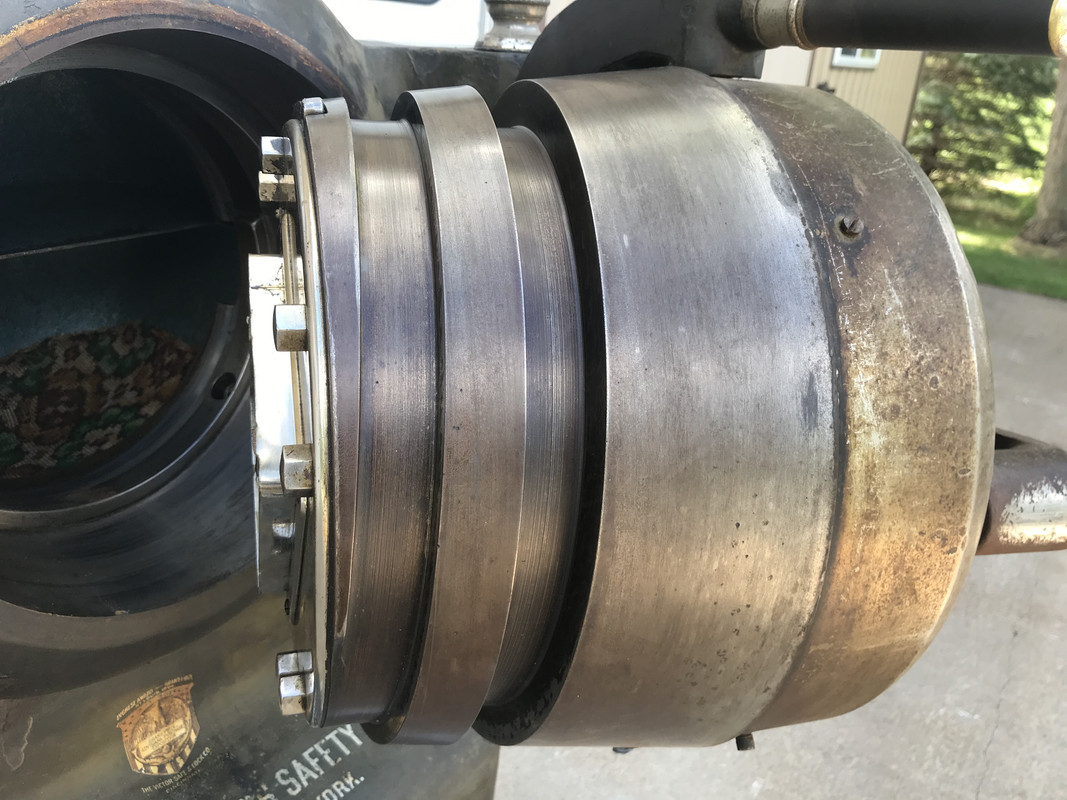
Victor included the door failure in literature to promote the new style door. (Thanks to Doug MacQueen for the photo)
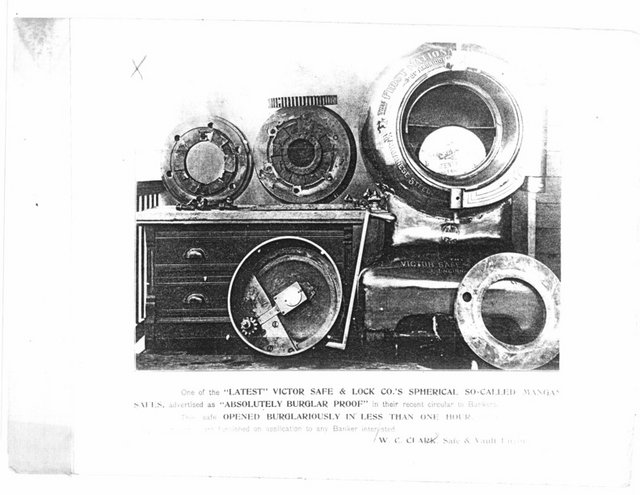
I had assumed that was the only difference in the early and late Victor cannonballs. I couldn’t have been more wrong. While the general door design is the same including the ring and pinion gear drive, door cover, lock and bolt slide, hinge cradle, and all related bolts, the base for the safe and the cannonball body are completely different design. Most notably, the cannonball body is a one piece casting where the earlier model is two pieces and joined together. On both bodies the door opening taper is ground into the manganese casting to match the door. The inner threads are pieces of steel bolted to the inside of the safe body.
If you look closely at the two safes the base is different on each. The body on the earlier model is mostly round, the later design is slightly elongated with a flatter mid section. Overall height, width, and depth are all within an inch eyeballing with a tape measure.
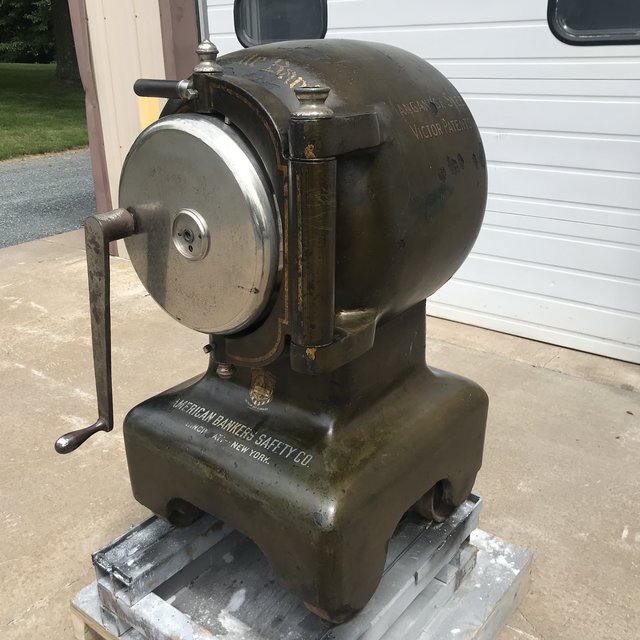
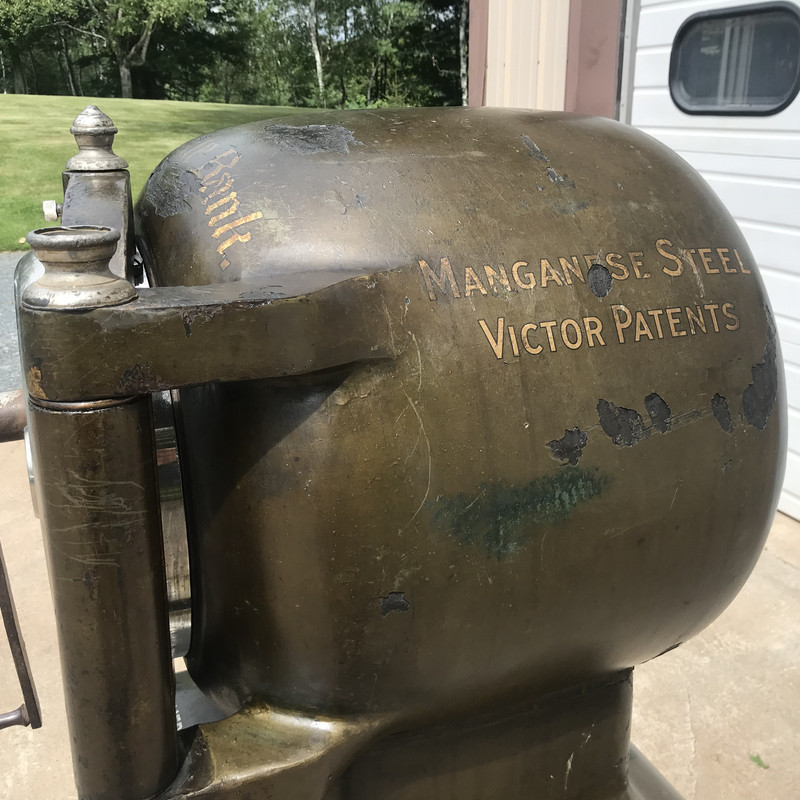
Earlier model.
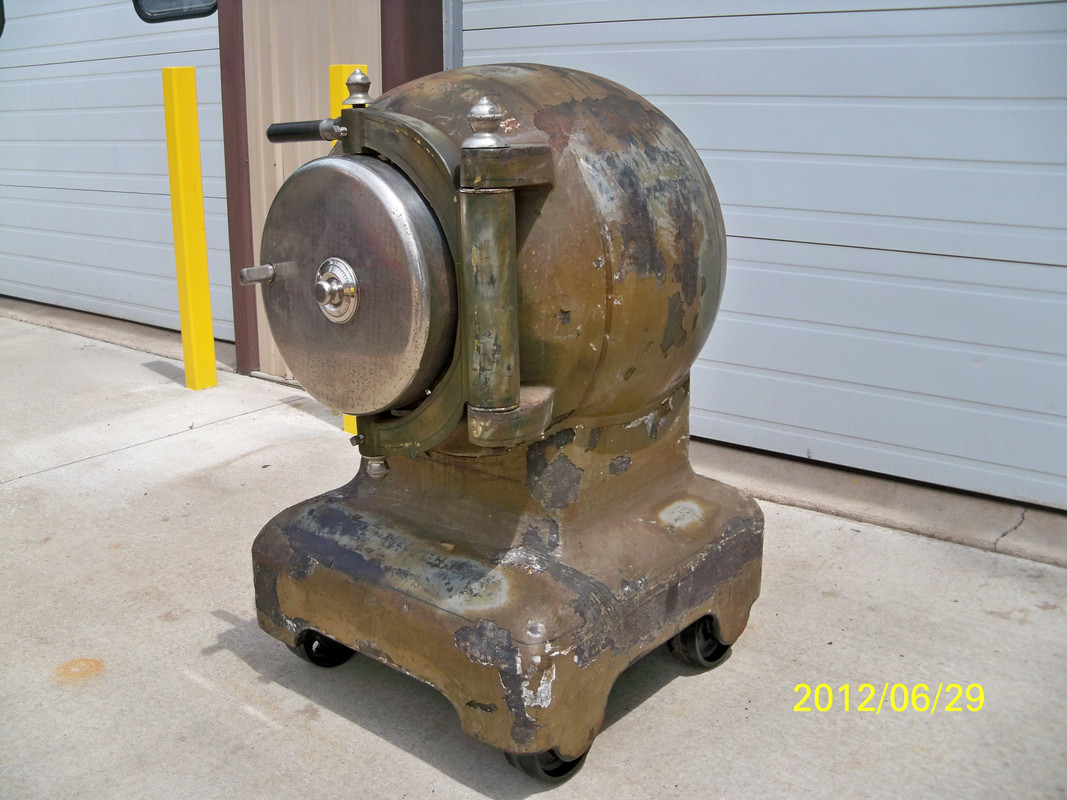

The main issue with the “new” cannonball is that the door lock had been drilled and after that totally removed. Drilling the lock on this model safe is an absolutely ignorant thing to do. Even with it in a locked state all one has to do is remove the door pivot finials and pivot bolts. Swing the crane hinge to the side and then remove 6 door cover bolts. The cover will slide right off, lock included.
All that is left is a dial ring with an unnecessary hole.
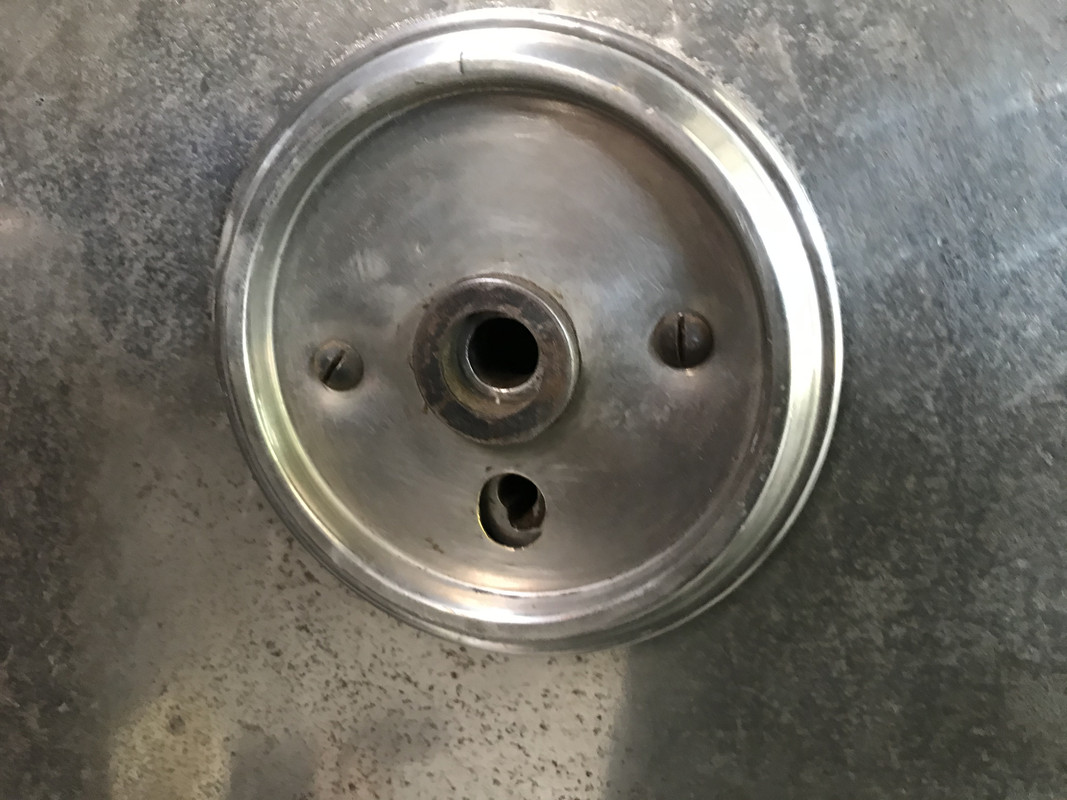
I am having internet connection issues so I will stop here and continue hopefully tomorrow. Uploading pictures is not working and I don't want to risk losing the hours of work I have done creating this. Stay tuned.



